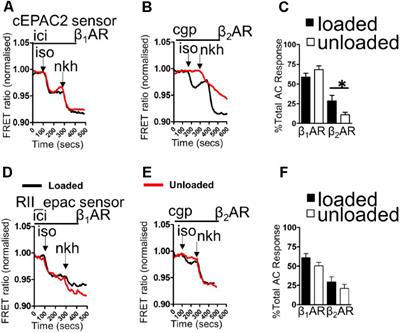EDITORIAL
Published on 26 May 2020
Editorial: Cardiomyocyte Microdomains: An Emerging Concept of Local Regulation and Remodeling
doi 10.3389/fphys.2020.00512
- 2,016 views
24k
Total downloads
88k
Total views and downloads
EDITORIAL
Published on 26 May 2020
MINI REVIEW
Published on 26 Nov 2019
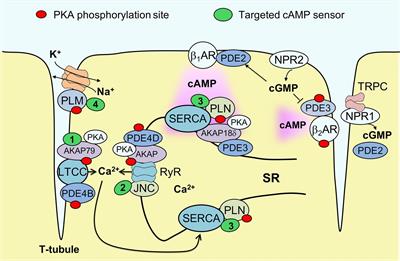
ORIGINAL RESEARCH
Published on 13 Dec 2018
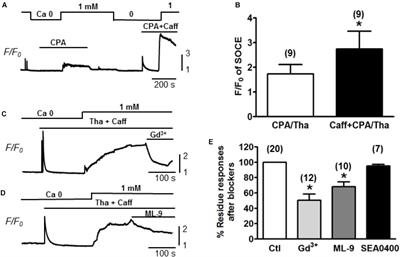
REVIEW
Published on 11 Dec 2018

ORIGINAL RESEARCH
Published on 04 Dec 2018

REVIEW
Published on 27 Nov 2018
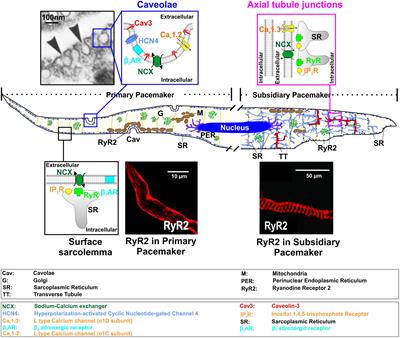
ORIGINAL RESEARCH
Published on 12 Nov 2018
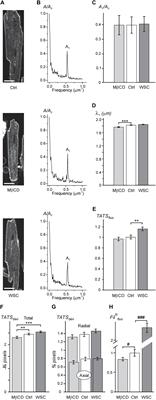
MINI REVIEW
Published on 09 Nov 2018
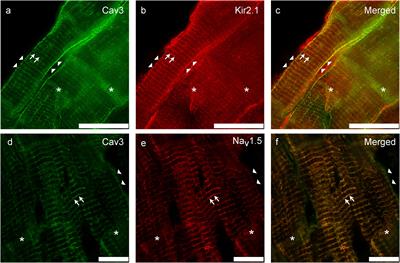
REVIEW
Published on 22 Oct 2018
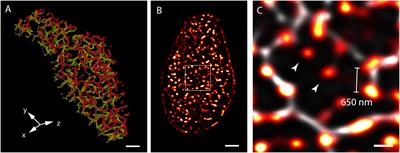
MINI REVIEW
Published on 09 Oct 2018
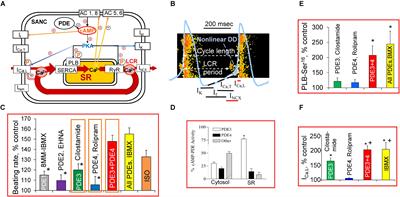
ORIGINAL RESEARCH
Published on 08 Oct 2018
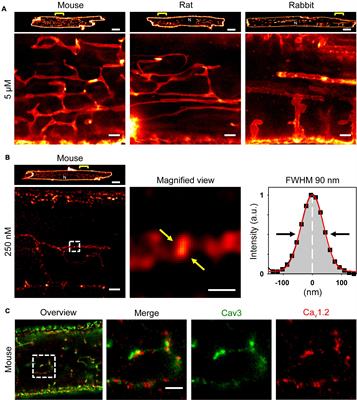
ORIGINAL RESEARCH
Published on 19 Sep 2018
